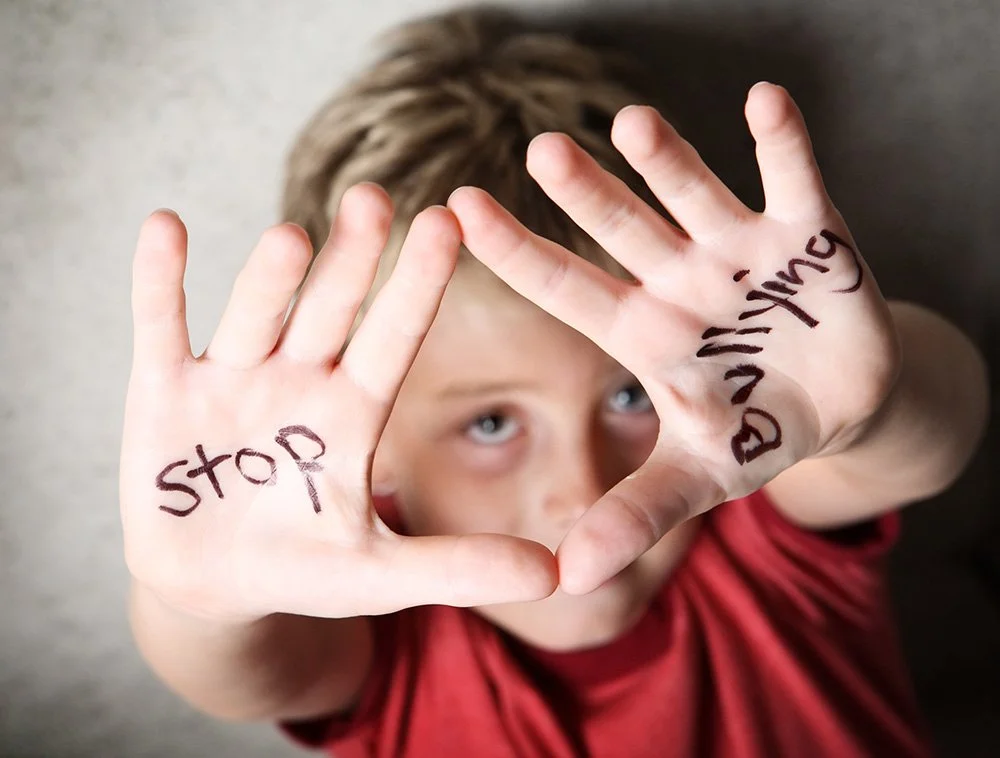Not Everything Is Bullying
🧩 Understanding the Difference—and How We Respond
As children grow, they test out new social skills—sometimes clumsily. It’s natural for families to feel concerned when their child comes home upset. But while every hurtful moment deserves care and attention, not every one is bullying.
At WHPS, we take these concerns seriously. In my 10 years here, I can honestly say that while we see plenty of social challenges, true bullying has been incredibly rare—thanks to our close-knit community, proactive staff, and responsive approach. Most of what we see is part of the developmental process of learning how to be a kind, respectful, and responsible member of a group.
🚨 What Is Bullying?
Experts define bullying as behavior that is:
Intentional
Repeated over time
Involves a real or perceived power imbalance
Bullying is not a single mean comment, a disagreement, or two children having a hard time taking turns. It's a targeted pattern of behavior meant to harm, exclude, or dominate. When we see behavior that meets this standard, we intervene immediately, seriously, and with clear accountability.
👉 Why this matters: The term bullying is often used today to describe any conflict or unkindness between children. While these moments are still very important to address—and we do—they are not always bullying. Mislabeling behavior can unintentionally stigmatize another child, and it may also prevent us from responding in the most developmentally appropriate and effective way. It’s important to name things accurately so we can support every child’s growth with the right tools and mindset.
-
Even when behavior doesn't meet the definition of bullying, it can still be unkind, inappropriate, or hurtful—and it still deserves a response.
These types of behaviors are developmentally typical in both lower and upper elementary grades:
Impulsive behavior or boundary-testing
Name-calling (e.g., “baby,” “you’re not invited,” or silly insults)
Seeking attention through humor or outbursts
Emotional swings (“I love you / I hate you”)
Excluding peers to assert control
Gossip, teasing, or using dramatic language they don’t fully understand
Difficulty taking another’s perspective
While these moments can be upsetting, they’re often teachable—opportunities to help children slow down, reflect, and learn better ways to interact.
-
Whether it’s a one-time misstep or the start of a more concerning pattern, we take action—because every child deserves to feel safe, supported, and part of a respectful community.
Our approach includes:
🧠 Social-emotional learning woven into the day
(e.g., the THINK model: Is it True, Helpful, Inspiring, Necessary, and Kind?)💭 “Thought Bubble vs. Talking Bubble” to teach self-awareness and filter
🗓️ Morning Meetings and class agreements that center community and shared values
🗣️ Guided problem-solving conversations after conflict
🔁 Logical consequences that focus on ownership and repair
👀 Proactive adult presence throughout the day, including during recess and transitions
🤝 Close communication with families so concerns are addressed early and collaboratively
Our low student-to-teacher ratio and team-teaching model allow us to support each child with care and consistency—and to notice small issues before they become big ones.
-
Pause before labeling: “That sounds like it hurt your feelings. Let’s talk through what happened.”
Stay curious: Ask open-ended questions before jumping to conclusions.
Reinforce strategies at home: Use language like “Was that a thought bubble or a talking bubble?”
Connect to consequences: We use logical consequences to help children reflect, repair, and grow. You can mirror this at home by encouraging your child to take ownership and make things right—sometimes with an apology of action, showing they’re sorry through meaningful follow-up.
Reach out if you have a concern: If your child shares something concerning, please let us know. We want to make sure every question, concern, or issue is fully addressed—and that your child feels supported every step of the way.
Final Thought
At WHPS, we don’t just teach children how to behave—we teach them how to grow. Through caring relationships, consistent expectations, and a deep understanding of child development, we help children become thoughtful, confident, and compassionate members of their community.
Every social interaction is a chance to learn—and we’re grateful to partner with you as your child develops the tools to navigate friendships, speak up for themselves and others, and build a strong foundation for the years ahead.


